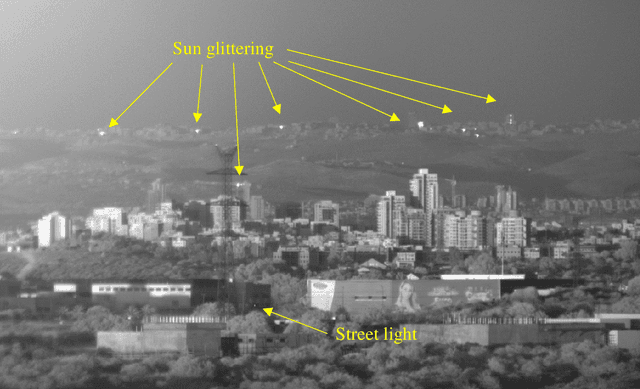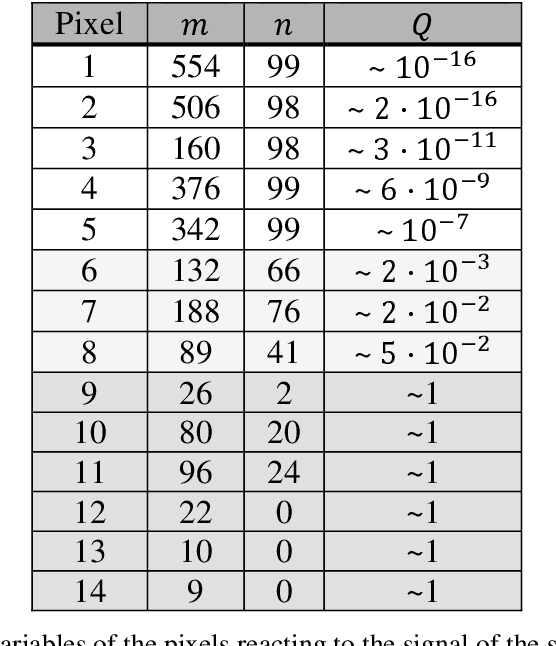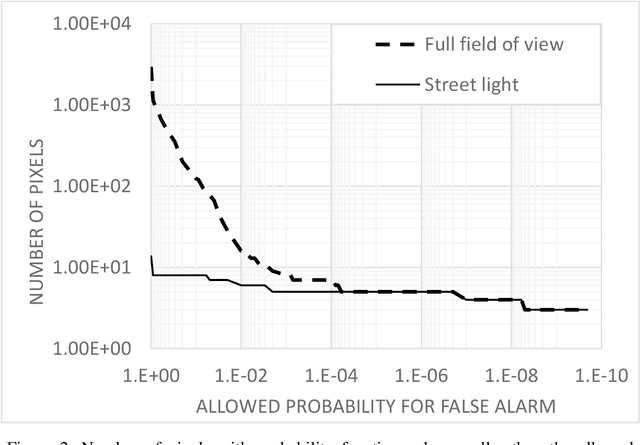David El-Chai Ben-Ezra
Tuning Event Camera Biases Heuristic for Object Detection Applications in Staring Scenarios
Jan 30, 2025

Abstract:One of the main challenges in unlocking the potential of neuromorphic cameras, also called 'event cameras', is the development of novel methods that solve the multi-parameter problem of adjusting their bias parameters to accommodate a desired task. Actually, it is very difficult to find in the literature a systematic heuristic that solves the problem for any desired application. In this paper we present a tuning parametes heuristic for the biases of event cameras, for tasks that require small objects detection in staring scenarios. The main purpose of the heuristic is to squeeze the camera's potential, optimize its performance, and expand its detection capabilities as much as possible. In the presentation, we translate the experimental properties of event camera and systemic constrains into mathematical terms, and show, under certain assumptions, how the multi-variable problem collapses into a two-parameter problem that can be solved experimentally. A main conclusion that will be demonstrated is that for certain desired signals, such as the one provided by an incandescent lamp powered by the periodic electrical grid, the optimal values of the camera are very far from the default values recommended by the manufacturer.
An asynchronous event-based algorithm for periodic signals
May 10, 2022


Abstract:In this paper, we present a simple event-oriented algorithm for detection of pixel-size signals with a known frequency, by the novel technology of an event camera. In addition, we analyze the ability of the algorithm to filter out the desired periodic signals from random fluctuations. We demonstrate this ability and show how the algorithm can distinguish, during twilight, between the signals of a streetlight that flicker with frequency of 100 Hz, and sun glitter originating from windows in far-away buildings in the field of view.
 Add to Chrome
Add to Chrome Add to Firefox
Add to Firefox Add to Edge
Add to Edge